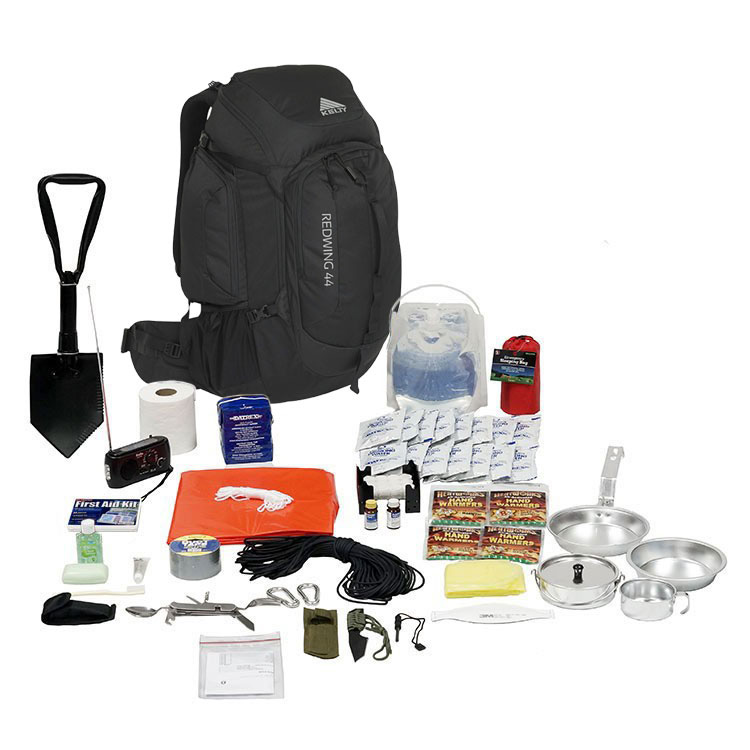This is part 1 of a 4-part article. (Read part 2 - part 3 - part 4)
A bug out bag is an essential part of your emergency preparedness plan. By building a well-thought-out bug out bag, you ensure that you and your family can survive for at least 72 hours in case of an evacuation. This guide will cover what a bug out bag is, when to use it, and where you should go with it.
What is a Bug Out Bag?
A bug out bag (also known as a 72-hour kit, grab bag, or Go Bag) is a portable emergency kit designed to sustain you for up to 72 hours. The primary purpose of a bug out bag is to help you quickly evacuate your home with the essentials you’ll need to survive.
In an evacuation scenario, this kit will include food, water, clothing, tools, and other necessary survival items. The exact contents depend on:
- Your personal needs (e.g., medication, baby supplies).
- Your location (e.g., desert, flood-prone area, urban environment).
- The type of emergency (e.g., natural disaster, gas leak, fire).
When Should You Use a Bug Out Bag?
Knowing when to use your bug out bag can be tricky because it depends on the situation. Here are two scenarios to consider:
1. Mandatory Evacuations
If there’s a mandatory evacuation order, having a bug out bag ready ensures you can leave immediately and survive for a few days without assistance.
2. Voluntary Evacuations
In some cases, you may choose to evacuate voluntarily—for example, during events like gas leaks, fires, nuclear disasters, or severe flooding. A bug out bag can be invaluable during these scenarios.
However, leaving your home should always be a last resort, as you’ll lose access to shelter, warmth, and food.

Where Should You Go with Your Bug Out Bag?
In the event of an evacuation, you may be directed by local authorities to a safe location. However, it’s important to have a family plan in place for other scenarios:
1. Designate a Meeting Point
If your area is prone to natural disasters, identify a safe location for your family to meet. For example:
- If you live in a flood-prone area, choose a location at higher elevation.
- If you live in a hurricane zone, preplan routes to designated hurricane shelters.
2. Talk to Your Family
Discuss your emergency plans with your family, including children. In a stressful situation, they’ll respond more effectively if they already know what to do.
For more details on creating a family escape plan, read our guide on family emergency planning.
Next Steps
Now that you know what a bug out bag is and when to use it, the next step is choosing the right bag for your needs. Read Part 2: Choosing a Pack for Your Bug Out Bag.
For additional information, you can also check out Part 3: How to Pack a Bug Out Bag and Part 4: What to Pack in a Bug Out Bag.











